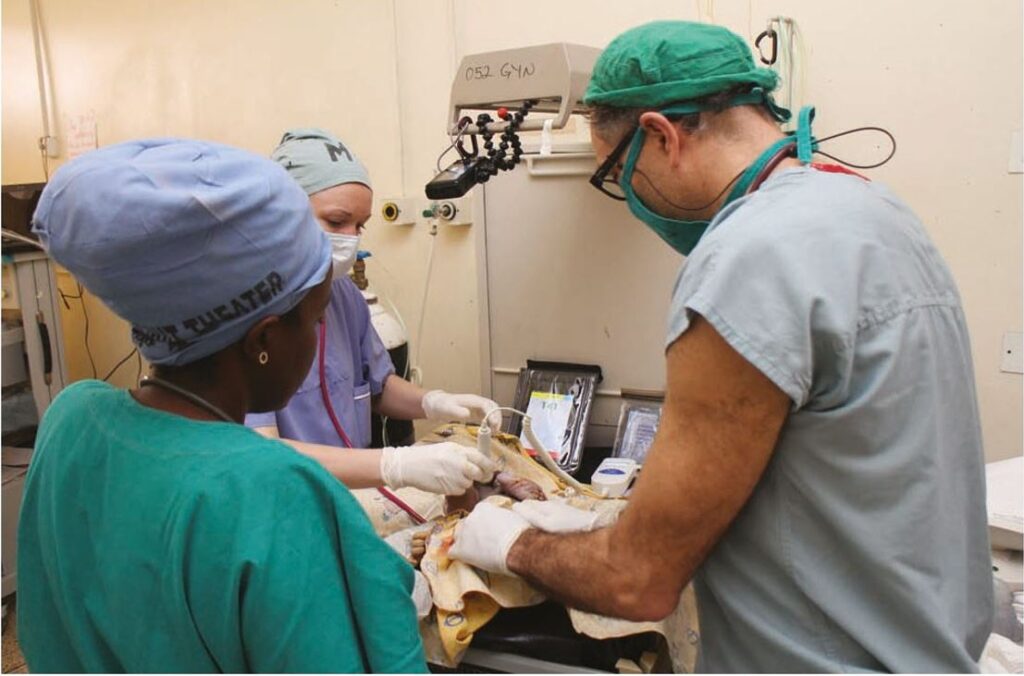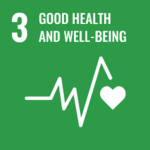
Research project in Uganda
The Tap4Life project started as part of a research project in Uganda involving Makerere University in Kampala, Uganda, The Center for International Health in Bergen, Norway, and Karolinska Institutet, Sweden
First NeoTap prototype
Dr. Nicolas Pejovic and software developer Michael Vaganov build the first NeoTap prototype in 2013 as a response to the lack of reliable monitoring equipment for babies in the delivery room. It was developed as an android software for point-of-care data registration and monitoring.
Fully integrated mHealth platform NeoTapLS
The system was further developed by Dr. Pejovic and Dr. Myrnerts Höök with help from donations and software developers into a fully integrated mHealth platform NeoTapLS.
Development of NeoTapAS
NeoTapAS was developed in 2015 by a team from Bergen University and Karolinska Institutet in collaboration with Sachs’ Children and Youth Hospital and with support of The Swedish Patient Insure Agency (LÖF).
Research and Development
Apps tested in simulated and clinical environment in several countries leading to peer-reviewed papers.
Where we are now
Today we have developed two apps, NeoTapLS for smartphone and NeoTapAS for Ipad. They can be downloaded free-off-charge.
Our Plans
We want to make NeoTap even more accessible by translating the app into multiple languages. We are currently collaborating on translating NeoTapLS to Vietnamese.

Most in the first week after birth and about a third the same day they were born.
